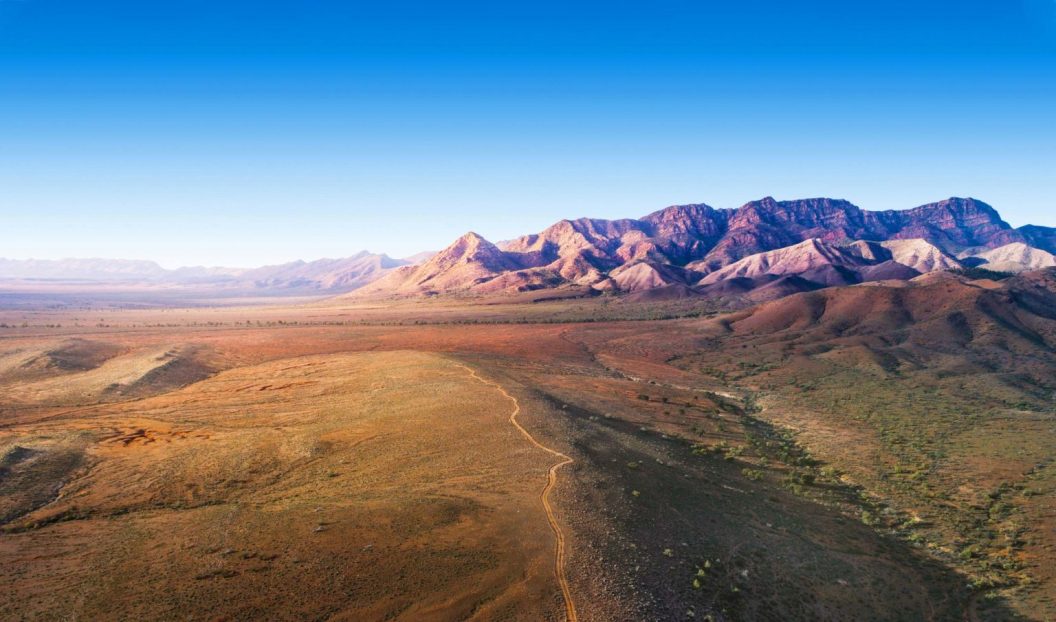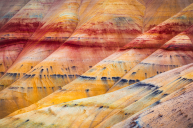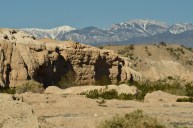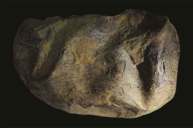The world's newest national park opened last week in Australia and it's a mecca for some of earth's oldest specimens: fossils. Some found in the park actually date back 550 million years.
Nilpena Ediacara National Park in South Australia sits on 148,000 acres of some of the world's richest fossil deposits. The new park's landscape was once an ocean-covered habitat for a range of prehistoric creatures that scientists believe bridged the gap between tiny single-celled organisms and larger hard-bodied creatures.
The park's Western edge is home to Nilpena, where remains of an ancient seafloor contain some of the most exquisitely-preserved fossils of earth's early lifeforms in fine sandstone grain.
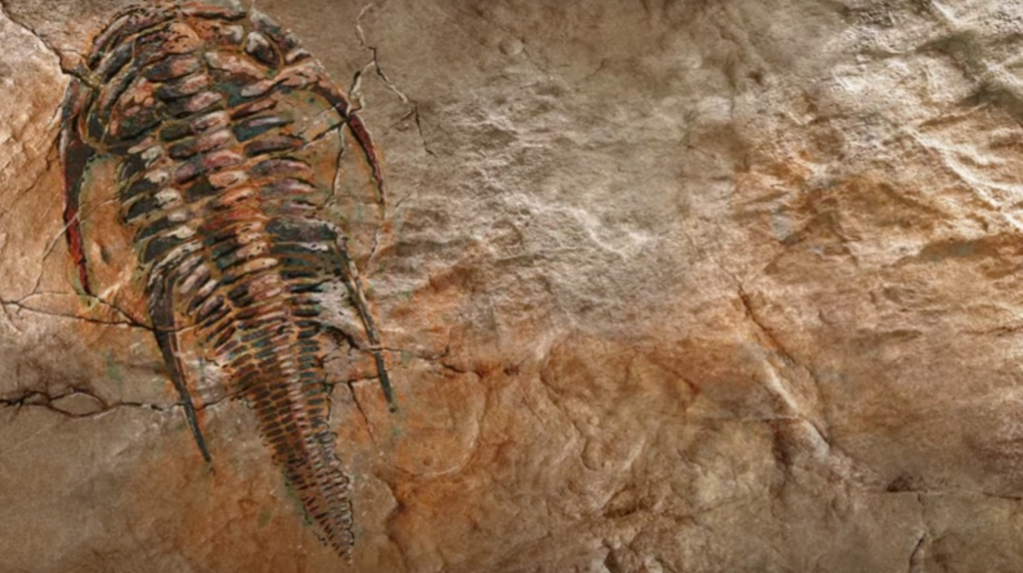
National Parks and Wildlife Service South Australia
A series of storms buried the Ediacaran sea floor at Nilpena in layers of sediment, helping preserve sandstone impressions of the soft-bodied animal communities that lived there, according to a press release from the University of California, Riverside. These unique conditions allowed University of California, Riverside Paleontology Professor Droser and her research partner, James Gehling of the South Australia Museum, to develop a new method for studying fossils
Historically, sections of rock have been unearthed and transported back to a lab for study. The new method involves researchers unearthing sections of fossil beds and studying them in the field, Smithsonian Magazine reported.
"This way, we're able to piece together whole ecosystems," Droser said. "Looking at them is like snorkeling around on the ancient sea floor, instead of looking at a single animal in a fish tank."
This work has contributed greatly to the site becoming a national park.
"Professor Droser's research has contributed greatly to the global significance of the Nilpena site," former South Australian Premier Steven Marshall said. "She and her colleagues at UCR have an important role to play in preserving this land and in continuing to explore it for clues about Earth's ancient past."
The region is the only place on the planet where scientists can observe a near-continuous geological record spanning 350 million years, Smithsonian Magazine reported.
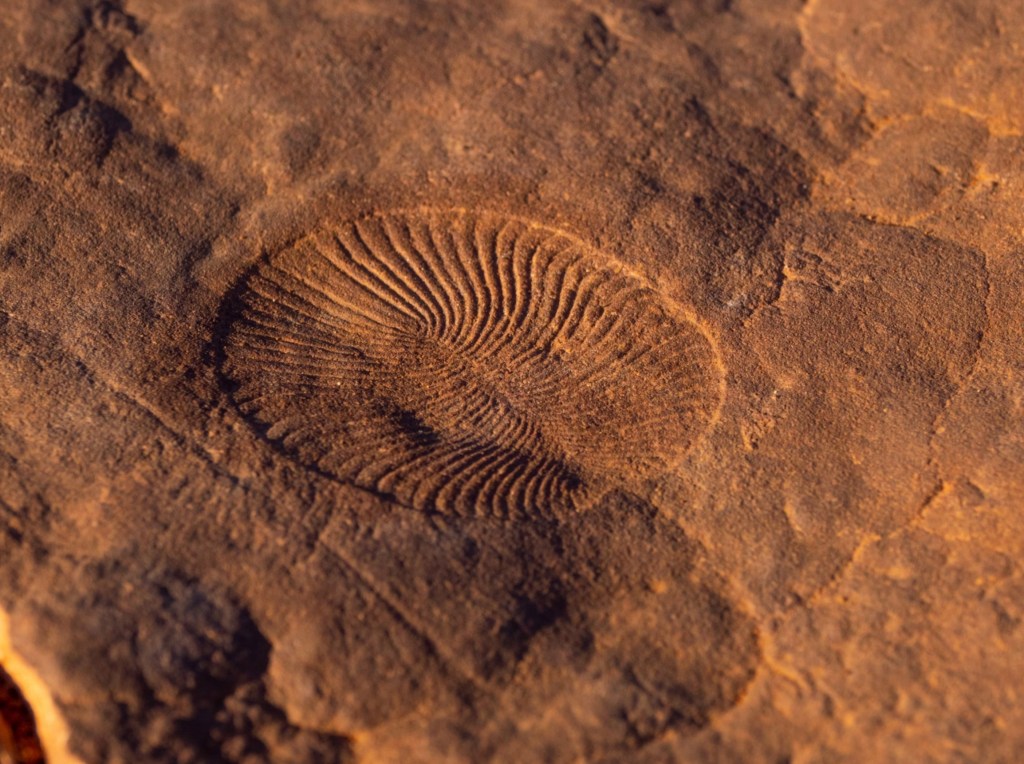
It also hosts traditional ceremonial grounds, and is culturally significant to the Adnyamathanha people.
At this time, the park is open to visitors via guided tours.
Read More: The Top Dangers in National Parks, According to New Data
